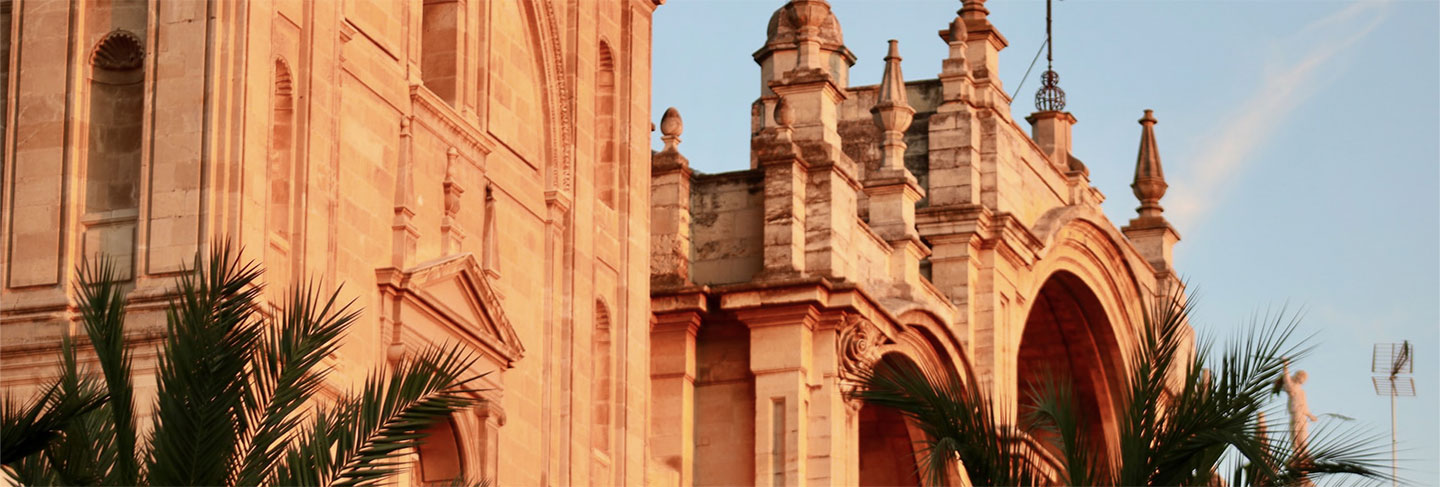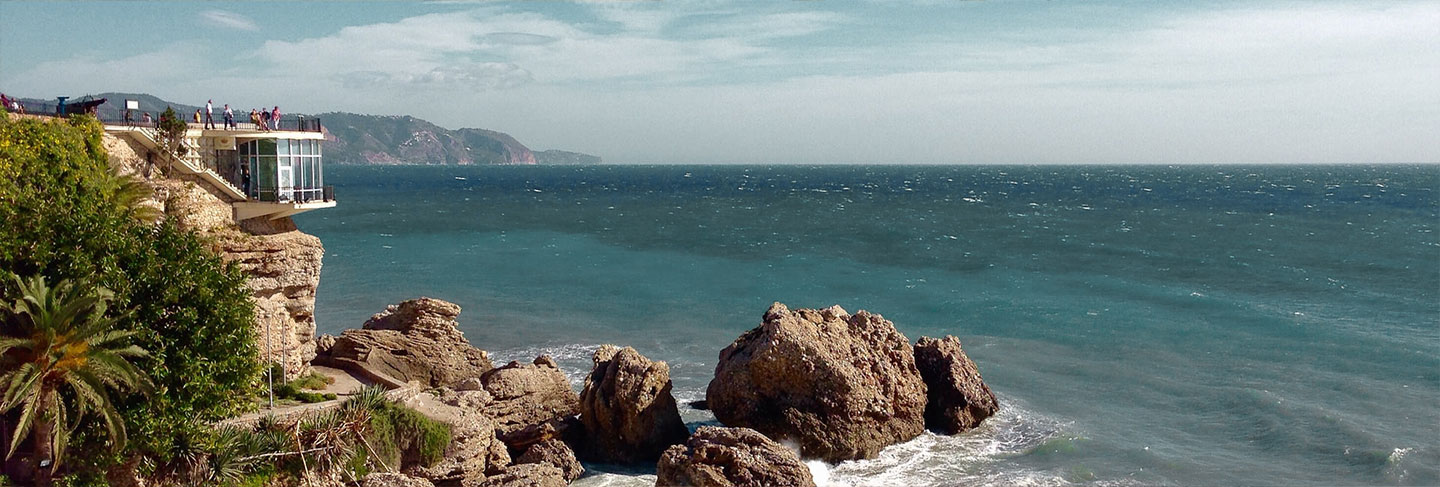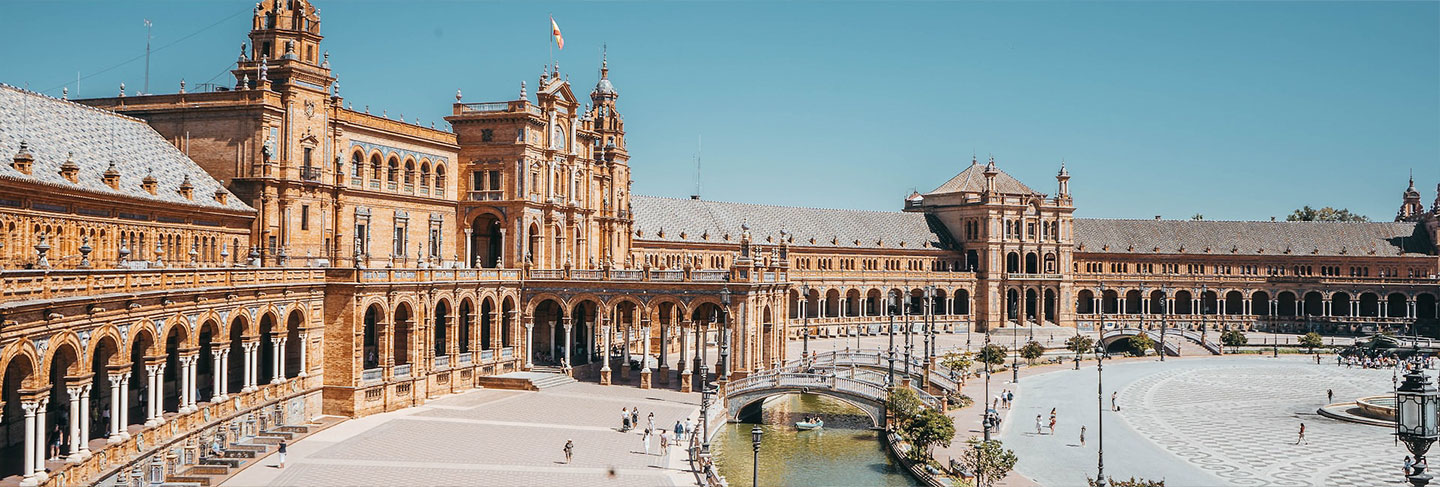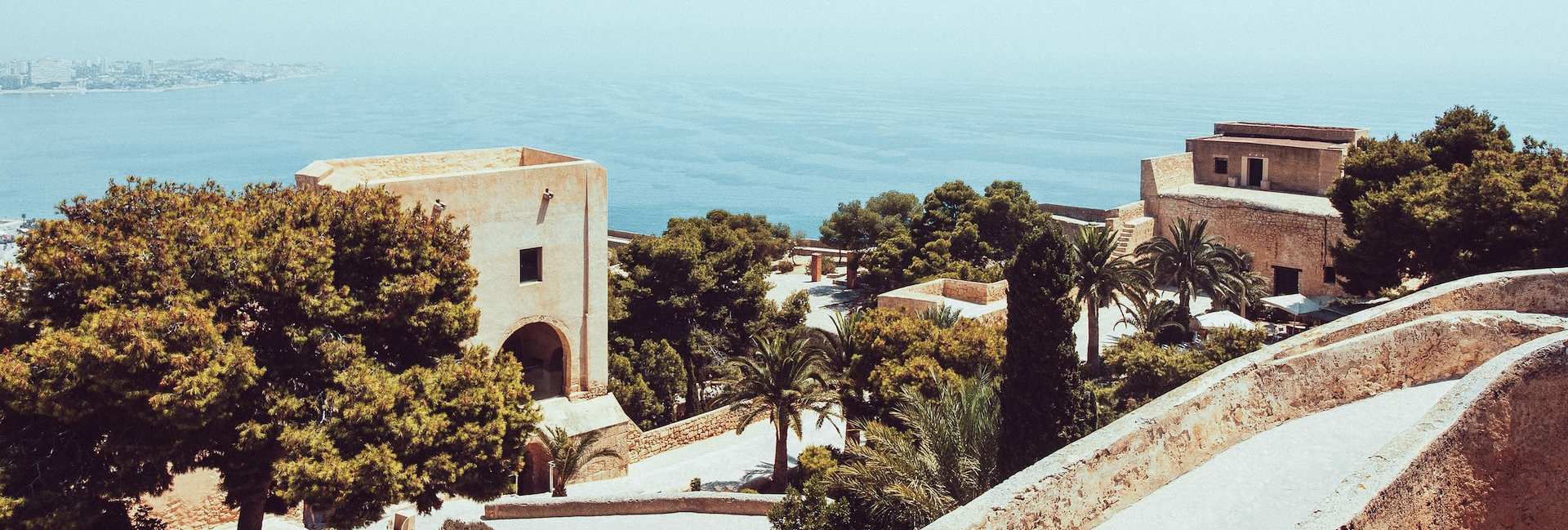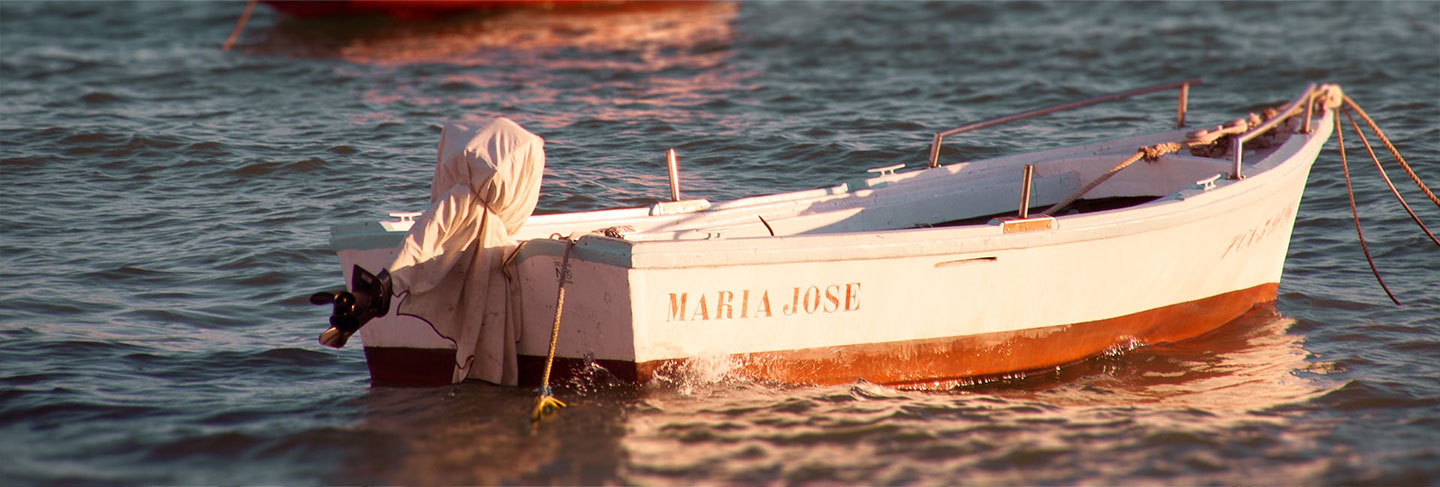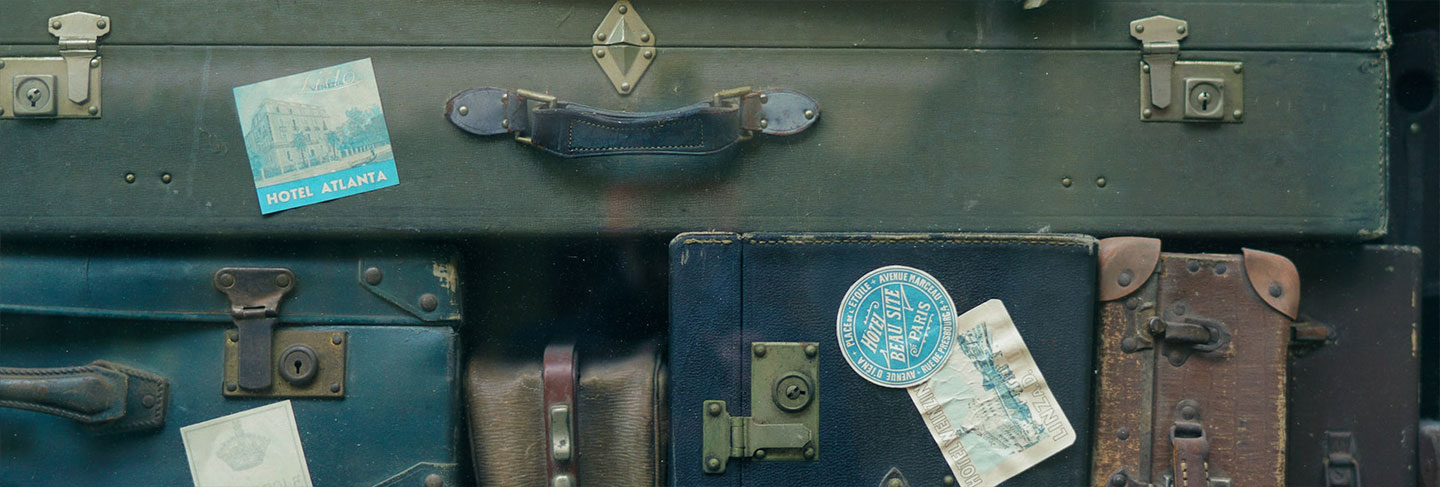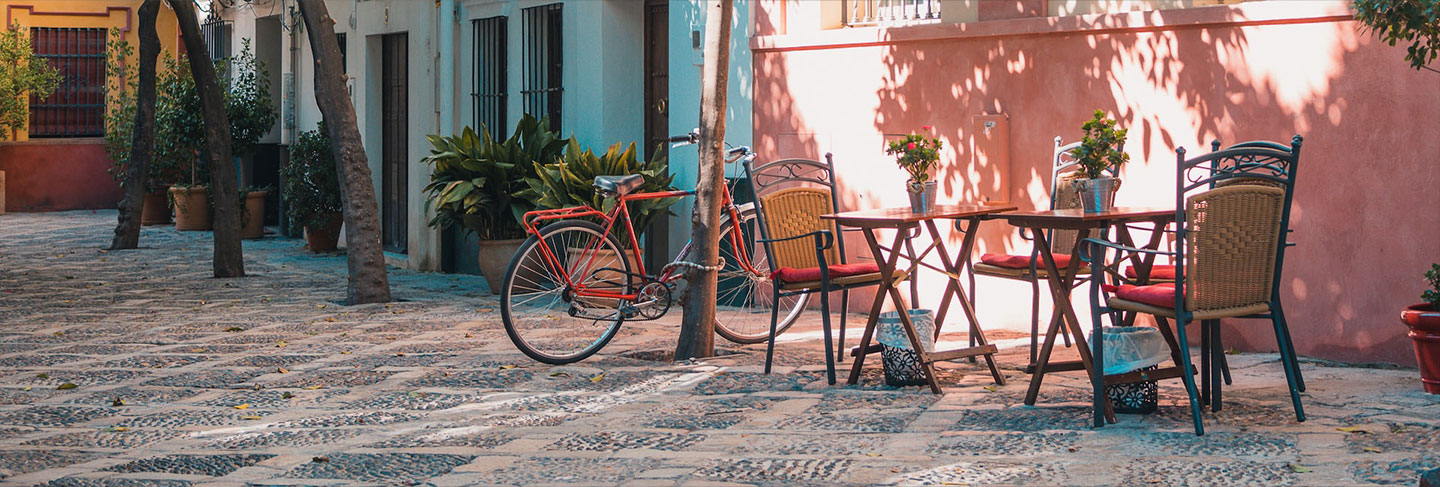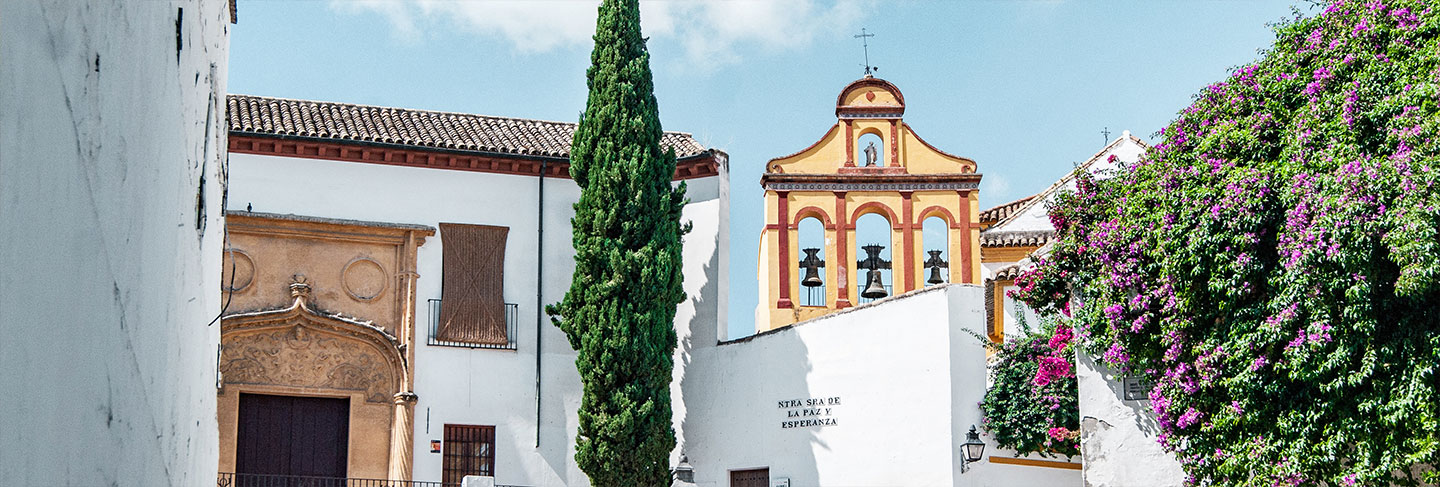So, you have read up on the gorgeous beaches, rich history, colourful culture and mouth-watering cuisine... then what else do you need to know when you decide to rent a villa in Andalusia?
Our practical guide is here to help you fill in those gaps:
Andalusia sits at the very southernmost part of Spain, sandwiched between Portugal to the west and Murcia to the east. To the south you will find the British enclave of Gibraltar (replete with a huge, great rock) and both the Atlantic Ocean and the Mediterranean Sea. From some parts of Andalusia – Tarifa, for example – you can look across the strait of Gibraltar and see the mountains of northern Africa. In the north of Andalusia you will find the Sierra Morena mountain range which separates the region from the Spanish provinces of Extremadura and Castille-La Mancha.
Despite its reputation as the hottest part of Europe, the various mountains of Andalusia actually provide cool temperatures for large parts of the year, and even include Europe’s southernmost ski resort in the Sierra Nevada near Granada. Far from being just the arid desert landscape of many of the Spaghetti westerns shot there, Andalusia also possesses vast green valleys, with above-average annual rainfalls, watered by the snow coming off of the mountains.
Andalusia is made up of 8 separate provinces: Cádiz, Granada, Malaga, Seville, Huelva, Almería, Jaen and Cordoba. Each province has its own charms and key towns and cities. Our guide to where to rent your villa can help you differentiate between them.
Close to 45% of territory is dedicated to agriculture, in particular olives, vines (sherry), fruits (primarily citrus), almonds, and summer fruits (usually grown in hothouses).
Given the diversity of the region, the best things to see and do in Andalusia depend on each person and their motivations for visiting.
Those interested in the region’s architecture and history may prefer to visit the cities of Granada, Seville or Cordoba, while beach-lovers may opt for something closer to Marbella or Tarifa. Something universal to the whole region, however, are the tapas !
Andalusia has something to offer all year round. Those wishing to escape the chilly winter climate of the northern Europe, for example, might look at visiting in February when Carnival us usually held, and the daytime temperatures tend to hover between a comfortable 15-19 degrees C. In the summer, the region can get very hot indeed, with the mercury often reaching above 40 degrees in August. Furthermore, Summer is when the beaches and resorts tend to fill up, so those wishing to avoid either the extreme heat or the throngs of tourists who flock to the region for their summer holidays might do well to avoid these months.
Therefore, it goes without saying that Spring and Autumn are very much in the ‘Goldilocks zone’ of the weather being pleasantly warm and the towns neither overflowing with tourists nor spookily quiet. During this period, you will be able to find a spot on the beach and even enjoy the varied hiking routes available throughout the region. What’s more, Spring and early summer also see many of the region’s most famous festivals, such as La Feria de Abril in Seville, La Fiesta de Los Patios in Cordoba and the Festival de San Bernabe in Malaga.
Given the number of key cities in the region as well as its popularity with tourists, Andalusia is relatively easy to fly in and out of. In fact, it has 5 international airports, including Granada, Seville, Almería, Malaga and Jerez, as well as a further four nearby (Faro in Portugal, Alicante, Murcia and Gibraltar) offering access to the region.
It can also be reached by other major Spanish cities via train, including by high-speed train to Cordoba, Seville and Malaga.
Meanwhile, those looking for a road trip can take the coastal roads all the way from north-eastern cities such as Barcelona down to Almeria, or even cross-country (a little less scenic, but not without its charms) via the motorway. Bus services also run throughout the country.
Renting a car is always an option, especially for those looking to get off the beaten track and take in some spectacular mountain scenery. Andalusia has a well-connected motorway system, but there are a number of toll roads between the major cities, including the Cadiz-Seville section of the AP-4 motorway and the Malaga-Guadiaro section of the AP-7.
Be aware that when driving telephones may only be used ‘hands free’, while a reflective jacket must be worn when getting out of the car on the hard shoulder.
Within the cities themselves, you can often get by on foot, but local public transport systems and taxi options are relatively good, and there is no need to bring private transport into the historic centres.
The largest city in Andalusia is Seville, followed by Malaga, Cordoba and Granada.
12% of the region’s GDP is generated by tourism – it is second only to Catalonia for tourist visiting Spain each year.
7 of Spain’s 42 UNESCO world heritage sites are found in Andalusia (they are: the Alhambra, Granada; the Dolmens site, Antequera; the10th Century Caliphate City of Medina Azahara; the Cathedral and Alcázar in Seville; the historic Centre of Córdoba; the Renaissance Monumental Ensembles of Úbeda and Baeza; and, the Rock Art of the Mediterranean Basin, found throughout the region.
Sergio Leone’s The Good, The Bad and The Ugly series of movies were filmed in the Tabernas Desert in Almeria – Europe’s only desert.
Spain is the largest producer of Olive oil in the world, with 80% of it coming from Andalusia.
At its closest point, only 14km separate it from Africa.
The mythical Pillars of Hercules are the said to be the Rock of Gibraltar and one (this is still disputed) of the mountains of northern Africa, most likely Jebel Musa in Morocco or Monte Hacho in Ceuta.
